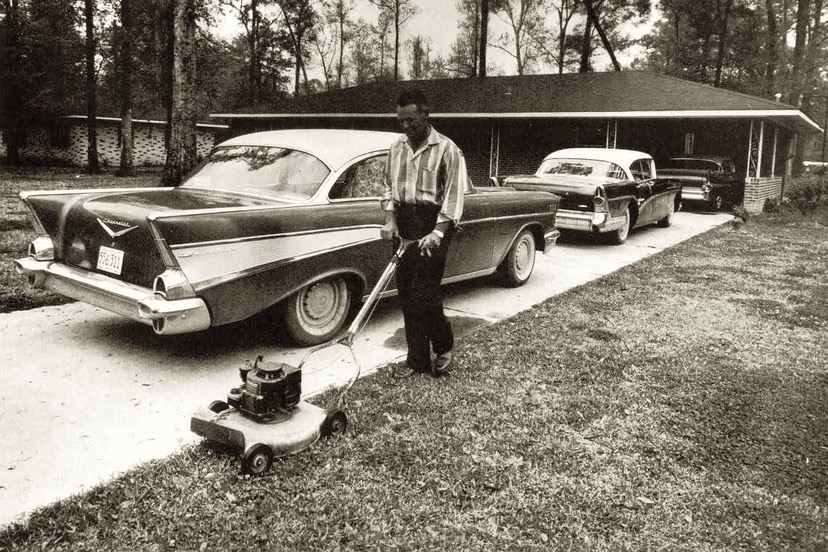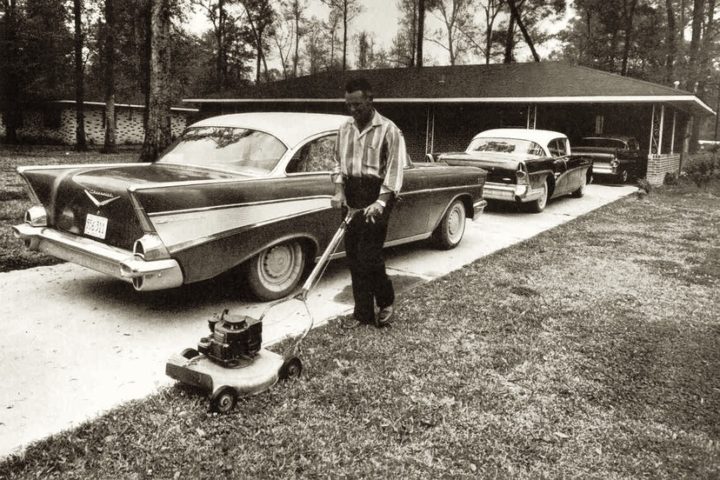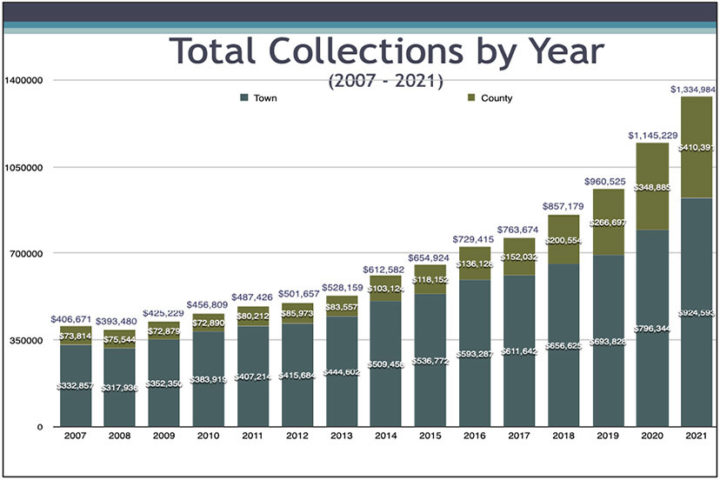Back in Part One of this editorial series, I quoted Washington Post opinions editor Fred Hiatt, from a newsletter sent out on September 12:
If an idea is smart and compelling and original, it will engage readers, even if it’s not the first or even the 10th opinion published on a topic…
Jane Jacobs’ 1961 book, The Death and Life of Great American Cities, was definitely not the first opinion-filled essay published on the topic of urban planning, but it was smart and compelling and original. At least, I have found it compelling. And engaging.
Not that her smart, original, compelling ideas relate directly to small-town Pagosa Springs, in The Middle of Nowhere, Colorado. Ms. Jacobs was writing about a city of 7 million, struggling with big city issues, but also a city which had, at the time she was writing, more than doubled its population during the previous half-century.
Archuleta County, meanwhile, now includes about 13,359 residents, according to the 2020 Census. It appears that, over the past half-century, our little rural county more than doubled its population. Much more than doubled.
The numbers I’m seeing give a population of 2,733 residents, 50 years ago. That would mean a 500% increase since 1970.
The population, when I moved here with my family in 1993, was around 6,000.
Much of the population increase in Archuleta County resulted from an active construction industry. When a small community is building 400 new homes per year, and then selling them, and furnishing them, and connecting them to utilities, and educating the incoming children… well, all that activity that can keep a number of workers fully employed. And so long as housing is affordable, things seem to flow along relatively smoothly.
But fabulous population growth, by itself, has its drawbacks as an economic strategy. For example: you can end up with a mass of hastily-built infrastructure, all constructed around the same time, and all starting to fall apart at the same time. You can get, for example, a water district scrambling to find and fix leaks in 300 miles of water lines, and 500 miles of suburban county roads all suffering from the same 50-year-old blues.
A functional and vibrant human community, according to Ms. Jacobs’ analysis of New York City, renews itself in a gradual manner. A healthy neighborhood, with the kind of diversity that will provide residents and businesses with a safe and lively environment, consists of a wide range of building types and building ages. The older homes and commercial buildings, properly preserved and with the mortgages paid off, typically accommodate the folks who are not so wealthy and the businesses that are not so profitable. Then, you blend into the neighborhood newer buildings, which typically cost more and carry a debt burden and are suitable for people and businesses that can afford higher rents.
This natural and gradual pattern of growth, in a city, allows for people of all types to exist together, and that helps to create — in Ms. Jacob’s view — the most ‘successful’ neighborhoods and districts. When money from mortgage lenders and government programs supports this type of gradual unfolding and mixing of property types and ages, the result is an attractive, vibrant neighborhood.
In a big city.
But what happens in a small town?
In 1970, when Ralph Eaton and his company began building out the 21-square-miles of suburban neighborhoods known today as Pagosa Lakes, we understood that Americans were rejecting the big-city lifestyle and moving wholesale into the suburbs, where each single-family home occupied its own little kingdom, with a green lawn in front, a dog in the back yard, and two or three cars in the driveway.
In a certain sense, this migration to Suburbia felt a little bit like a return to an age-old rural, agricultural lifestyle, except that everyone’s food appeared magically in the supermarket, and clothing and shoes and cars and TV sets were mass-produced somewhere else (probably in a big city?) and you just hopped into your car and did your shopping at the mall.
Suburbia was the model for Pagosa’s fabulous growth between 1970 and 2010. It provided the type of community that people escaping from big-city problems were seeking.
But it was also dependent upon fabulous growth. You can’t properly maintain 500 miles of road with a small population scattered over 1,000 square miles — unless you are constantly growing you tax base. When the population stops growing, then all the problems generated by previous excessive growth come home to roost.
It’s sort of like a Ponzi scheme.
At the moment, the Ponzi scheme has stopped working in Pagosa. This week at the Board of Education meeting, we heard that the school district is short seven bus drivers, with no clear idea how to attract employees for those necessary jobs. It appears possible that the district will, at some point, stop providing bus service to certain neighborhoods, and might stop delivering sports teams to out-of-town games. We also heard, at that meeting, that the district enrollment this year is about 1,520 students (I’m not sure if that number included Pagosa Peak Open School.) In 2019, the district-wide enrollment was 1,742.
Earlier this summer, the CEO of our community hospital, Dr. Rhonda Webb, told the Board of County Commissioners that Pagosa Springs Medical Center has 21 unfilled job openings.
These stories reflect a situation playing out all across the US: a market-driven economic scheme that has ceased to function as expected.
Every community has been running its own version of the scheme. Here in Pagosa in 2005, as I mentioned in Part Three, I happily voted (with many other people) to create a new tax on hotel and motel stays: the 4.9% Town Lodgers Tax. Since that tax was created, our local governments have spent about $10 million promoting one particular industry: tourism.
What I didn’t think about, back in 2005 when I was casting my ballot, was that the tourism industry traditionally pays low wages. I was approving a plan to make Pagosa into an economically divided community, with well-off retirees on the one hand, and low-paid workers on the other hand. I was authorizing my government to help make this happen.
The voters within the Town of Pagosa Springs (but not the voters living in the unincorporated county) could choose to redirect some, or all, of the 4.9% Lodgers Tax to something more necessary than increased tourism. The voters might choose to spend the estimated $1 million that will be generated by this tax next year, on workforce housing…
For example.



